Business Litigation Attorney
 A well-known principle in business litigation holds that a corporation can only act through its agents: its officers, directors, employees, and subsidiaries. When a corporation is sued based on its actions (through its agents) the question sometimes arises, can a corporation be sued for conspiring with its own agents? In other words, can a corporation conspire with itself?
A well-known principle in business litigation holds that a corporation can only act through its agents: its officers, directors, employees, and subsidiaries. When a corporation is sued based on its actions (through its agents) the question sometimes arises, can a corporation be sued for conspiring with its own agents? In other words, can a corporation conspire with itself?
Our friends at Lanza & Smith, PLC will tell you that, in federal courts, the answer is generally “no.” For example, in Copperweld Corp. v. Independence Tube Corp., 467 U.S. 752 (1984), the U.S. Supreme Court held that a parent corporation and its wholly-owned subsidiary couldn’t be sued for conspiracy under the Sherman Act because they were, effectively, a single entity. "[A] parent and its wholly owned subsidiary have a complete unity of interest" and "cannot conspire with each other within the meaning of § 1 of the Sherman Act," the Court said.
The same rule applies between a corporation and its employees. For example, in United States v. Brown, 936 F.2d 1042 (9th Cir. 1991), the Ninth Circuit held that a corporation and its employees couldn’t be considered co-conspirators if the employees were acting within the scope of their employment.
Application to Civil RICO Cases
An offshoot of this rule often arises under the “enterprise” element in Civil RICO cases. To understand how this rule comes into play in RICO cases, we have to first take a wider view of the “enterprise” element.
The RICO statute defines an “enterprise” as “any individual, partnership, corporation, association, or other legal entity, as well as any group of individuals associated in fact. 18 U.S.C. 1961(4).” So, a corporation alone can satisfy the “enterprise” element if the right conditions are met.
However, courts have held that the corporation must be distinct from the racketeering activity. In other words, if a corporation were formed solely for the purpose of conducting illegal activity, it would not count as a RICO enterprise—at least not by itself. United States v. Turkette, 452 U.S. 576 (1981).
But we must remember that the “enterprise” element also allows for “association-in-fact” enterprises. See, 18 U.S.C. 1961(4). Because of this, plaintiffs in civil RICO cases have argued that, even where there is a corporation that was not distinct from the racketeering activity (as in Turkette), such a corporation could still be considered an “association-in-fact” enterprise together with its agents. This argument has been tried many times and almost always rejected. See, e.g., Cedric Kushner Promotions, Ltd. v. King, 533 U.S. 158, 164 (2001.) One court noted that it could be theoretically possible for a corporation to be both an enterprise in and of itself and an association-in-fact enterprise with its agents, but this would require a very unusual factual scenario which hasn’t yet materialized before any federal courts. See, Khuarana v. Innovative Health Care Sys., 130 F.3d 143 (5th Cir. 1997).
The lesson from this for the civil RICO defense bar is this: it is often possible to successfully challenge an alleged RICO enterprise under Turkette and related cases, arguing that the enterprise is not sufficiently distinct from the racketeering activity. The plaintiff cannot get around this simply by alleging an association-in-fact enterprise among the corporation and its agents. In fact, this rule has even been extended when the “agents” are outside dealers not strictly “employed” by the corporation. See, Fitzgerald v. Chysler Corp. 116 F.3d 225 (7th Cir. 1997).
The lesson for the plaintiffs bar is: be careful how you frame your RICO enterprise. An experienced business litigation attorney will tell you, if you don’t give it sufficient thought before filing the complaint, you might be stuck with accusations of a sham complaint if you try to revise who and what constitutes your enterprise in amended complaints.




